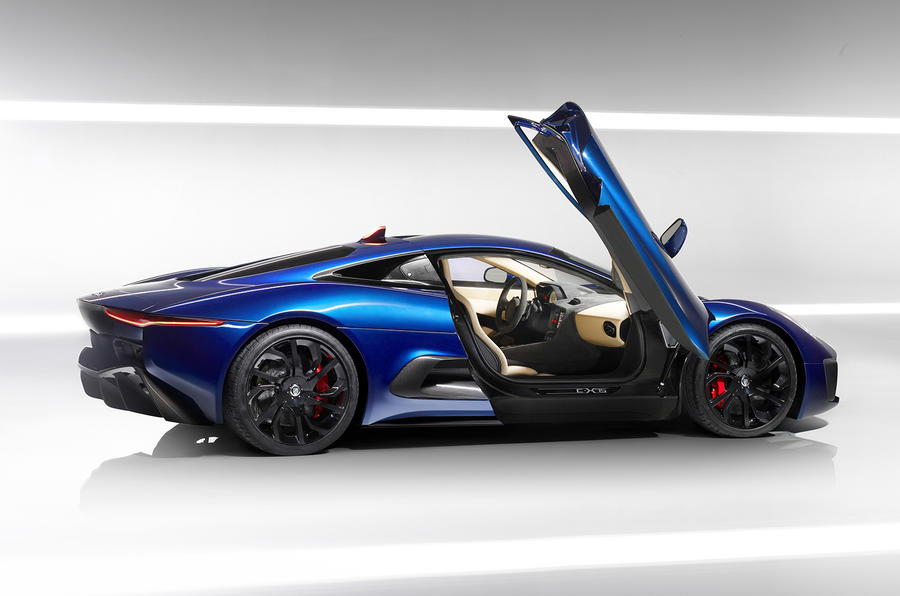Williams is plotting a significant expansion of its road car and engineering consultancy business by targeting electric/hybrid powertrains, carbonfibre body structures and advanced chassis work.
Under the banner ‘Williams Advanced Engineering’, the company is already working on 14 projects - the bulk of them automotive - and is taking on more engineers at its base in Grove, just outside Oxford, to expand into a new workshop and engineering facility.
“We are commercialising the technology and the know-how of our F1 operation and, while we are still a young business, it is developing fast,” said Mike O’Driscoll, Williams Group CEO and former boss of Jaguar.
O’Driscoll was instrumental in boosting Williams Advanced Engineering by contracting the company to engineer the Jaguar C-X75 hybrid supercar, a project cancelled just before low-volume production was due to start. The new building that houses Williams Advanced Engineering was originally built to house the C-X75 project.
Rumours suggest that other Jaguar Land Rover projects are already under way at Williams, but neither O’Driscoll nor Craig Wilson, managing director of Williams Advanced Engineering, will comment.
Wilson, a highly experienced former boss of TWR, is chasing business where the expertise and speed of a 130-strong workforce can turn around complex projects quickly. A further 50 engineers are due to join this summer.
Williams has also teamed up with Nissan’s Nismo performance arm. It has created an aerodynamic kit for the GT-R Nismo 500 shown at Tokyo last year and supported a special Nürburgring ‘Time Attack’ version of the GT-R. Williams specced springs, dampers and anti-roll bars and ran multiple pre-run simulations on its Lapsim software, which is used to perfect times in F1.
It is understood that Williams is continuing to work with Nismo to extract more from the Nissan GT-R and has a stripped-down GT-R in its engineering facility at the moment.
Williams is also hoping to win more major projects like the C-X75, and an obvious opening might be with Mercedes-Benz, which supplies the F1 team with engines and needs to respond to BMW’s carbonfibre BMW i3 and i8.
Wilson won’t be drawn to comment on the likelihood of such an opportunity, but Autocar has recently learned that the AMG F1 engine operation based at Brixworth, near Northampton, is to be tasked with road car technology spin-offs during the F1 season when further race engine development is banned.











Join the debate
Add your comment
Cat among the pigeons!
The C-X75 would have been a
Jaguar